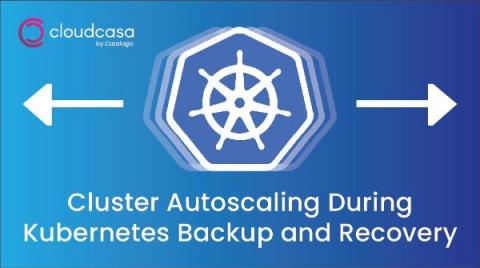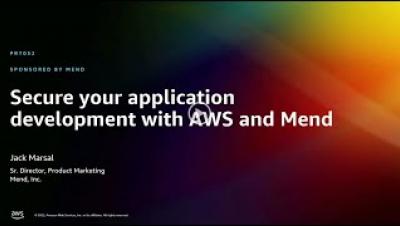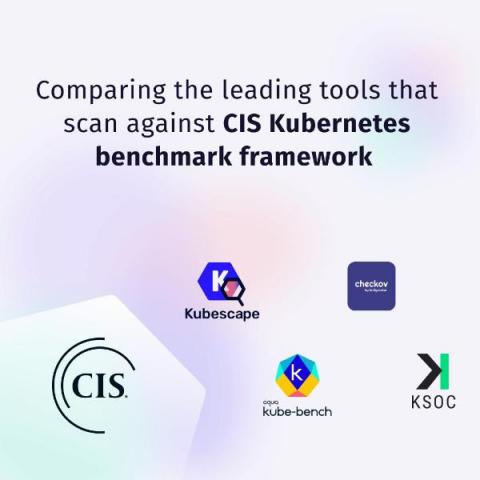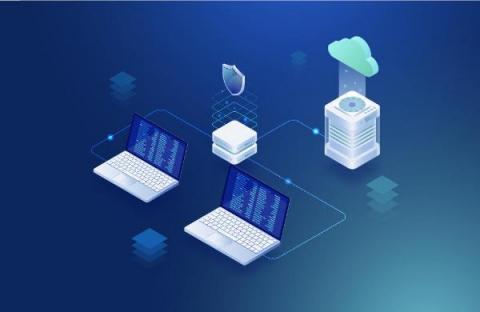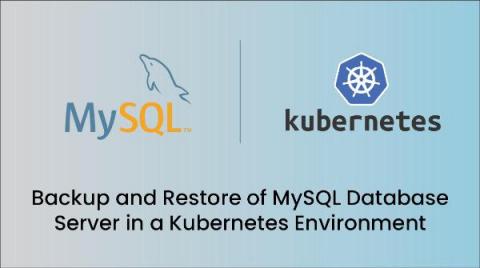Security | Threat Detection | Cyberattacks | DevSecOps | Compliance
DevOps
Cluster Autoscaling During Kubernetes Backup and Recovery
Companies often see seasonal business spikes with periods of increased on-line demand or activity. To meet the changing application demands, Kubernetes has become the platform of choice to automatically scale web applications and infrastructure up and down. Autoscaling in Kubernetes adjusts the resources that are available to run the application or service, while minimizing the cost of those resources.
CVE-2022-47633: Kyverno's container image signature verification can be bypassed by a malicious registry or proxy
Secure your application development with AWS and Mend
What Are The Key Considerations for Vulnerability Prioritization?
When it comes to open source vulnerabilities, we seem to be in permanent growth mode. Indeed, data from Mend’s Open Source Risk Report showed 33 percent growth in the number of open source software vulnerabilities that Mend added to its vulnerability database in the first nine months of 2022 compared with the same time period in 2021. However, while some vulnerabilities pose a severe business risk — hello, log4j — others can be safely ignored.
Comparing the Leading Tools That Scan Against the CIS Kubernetes Benchmark Framework
How to Maximize the Value from Your SAST Tool
It stands to reason that if you’ve implemented a Static Application Security Testing (SAST) tool, you’ll want to reap the full value of the investment. But to accurately assess ROI, you need metrics that can evaluate factors such as overall results, KPI compliance, and timeframe. Only then can you estimate whether you’re making a real improvement to the security of your code base, and from that, assess the monetary value of these results.
A Primer on Policy-Based Access Management (PBAM)
Policy-based access management (PBAM) uses decoupled policy as code and a policy engine to provide real-time authorization decisions throughout the cloud-native ecosystem. This article presents an overview of policy-based access management, its benefits and implementation methods.
Backup and Restore of MySQL Database in a Kubernetes Environment
MySQL database is one of the most popular open-source relational database management systems, and it is a top choice for some of the world’s favorite websites and web applications including YouTube, Twitter, and WordPress. Handling so much data and protecting it is incredibly important to organizations.



